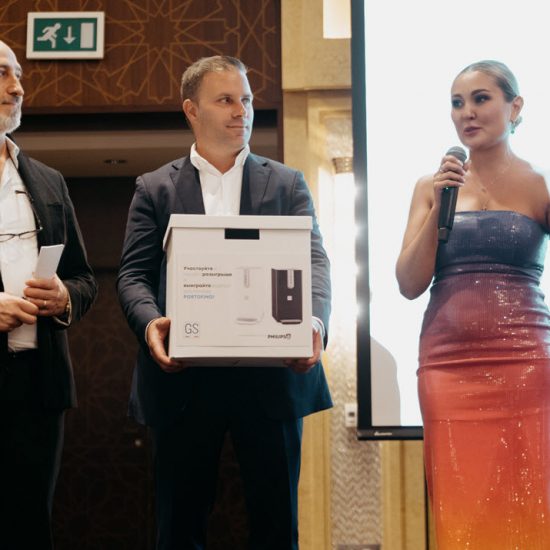NEW DELHI: The much-contested question whether a private investment cycle has commenced and becoming broad-based still has economists divided. The private sector is witnessing “record-profits” and so, should feel comfortable in making investments in the economy, Sanjeev Sanyal, member, Prime Minister’s Economic Advisory Council told FE, while adding that there is adequate evidence that corporate investment is “gathering steam”.
Former Chief Statistician of India Pronab Sen noted that if the overall consumption growth is “lacklustre”, companies wouldn’t be willing to invest, even if the government increases capital expenditure allocation in the Budget.
Sakshi Gupta, principal economist, HDFC Bank said that in the next six months, given the slowdown in consumption, it seems difficult that private capex would kick in. “We’re in a situation of uncertainty. Private capex is not yet broad-based and is concentrated only in a few sectors such as infrastructure,” she said.
As per data till February 1, about 147 listed companies posted a 34% on year rise in their profit after tax (PAT) in Q3 FY24, much higher than market expectation of 28%, Motilal Oswal Financial Services (MOFSL) said.
Sanyal’s comments hold significance at a time when the industry is sceptical of increasing their capital expenditure in the backdrop of tepid private consumption growth, primarily in the rural areas. The interim Budget has pegged the Centre’s budgetary capital expenditure in FY25 at a record Rs 11.1 trillion, up 11% on year.
The Department of Economic Affairs’ (DEA) last month, had noted that enhanced provision for capital expenditure by the government is now leading to “crowding in” of private investments, as evident in several high-frequency indicators, such as import of capital goods, bank credit to the infrastructure sector and new projects announcements reported by private agencies.
Although, the Reserve Bank of India’s (RBI) data shows that non-food bank credit registered a growth of 15.8% in December 2023 as compared with 15.3% a year ago; but new project announcements by corporates have recorded a decrease on year.
Data sourced from Centre for Monitoring Indian Economy (CMIE) showed that announcements of investments by the private sector in the September and December quarters of FY24 have dipped by 66% and 70%, respectively. In the first nine months of FY24, investments worth Rs 8.56 trillion have been announced, much lower than Rs 24.47 trillion announced in the entire FY23.
Earlier this week, Dabur India chief executive officer Mohit Malhotra told FE that the private capex cycle will pick up based on the “demand environment”. The National Statistical Office (NSO) has projected private final consumption expenditure to grow merely 4.4% in FY24, at the slowest rate since FY03, due to insipid rural consumption. This excludes the pandemic year FY21, when PFCE had contracted 5.2% on year.
The rural wage growth has also remained sluggish in the current fiscal year so far. As per India-Ratings and Research (Ind-Ra), rural wages of agriculture workers and non-agriculture workers have grown merely 0.6% and 0.3% in H1 FY24, while urban wages have grown by 5.6%, and that of corporate India by 7.9%. In fact, in Q2 of the current fiscal, rural wages of both agriculture and non-agriculture workers had contracted on year.
Sen mentioned that it’s difficult to predict the future trajectory of rural consumption, as its revival would depend a lot on what the state governments do. “State by and large seems to have withdrawn into a shell. We’re not seeing too much action from them.”
On Monday, the finance ministry informed the Lok Sabha that the Centre has released Rs 66,745 crore or 64% of the Rs 1.05 trillion fifty-year interest-free capex loans budgeted in the revised estimate for states for the current financial year.
In the revised estimates (RE) for FY24, the Centre cut the outlay by 19% from the budget estimate of Rs 1.3 trillion for the current financial year as some states failed to meet reforms-linked conditions. For FY25, the Centre has made an outlay of Rs 1.3 trillion.
On higher outlay for MGNREGA scheme, Sen said that it may not necessarily accelerate consumption as that is dependent upon “people’s behaviour and expectations of the future”. The Centre revised its MGNREGA allocation in FY24 to Rs 86,000 crore from Rs 60,000 crore pegged in the Budget. For FY25 too, the scheme’s outlay is pegged at Rs 86,000 crore.
According to Abhishek Upadhyay, senior economist, ICICI Securities Primary Dealership, private sector capex is too dependent on rural consumption revival. “It’s likely overall urban demand, which has been strong, will spillover to rural areas over a period of time. As long as there is macroeconomic stability, and corporate balance sheets are in good health, there is space for private capex to pick up,” he said.
Source: The Financial Express
The post Economists Divided On Revival Of Private Capex first appeared on Latest India news, analysis and reports on IPA Newspack.






